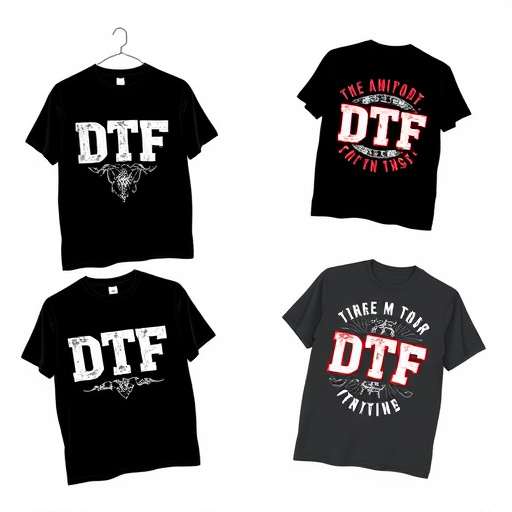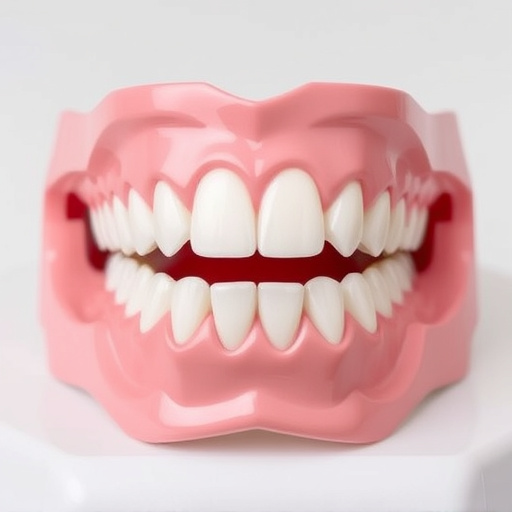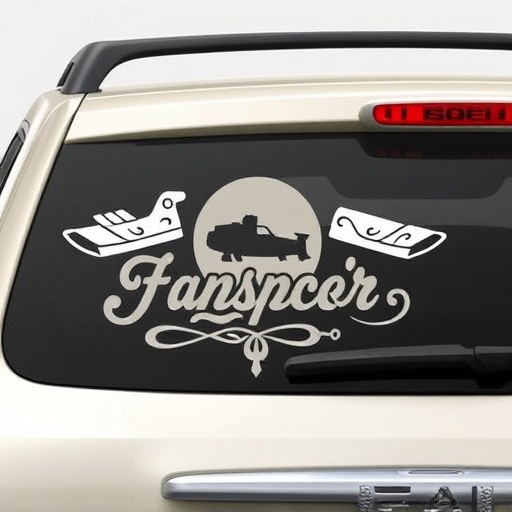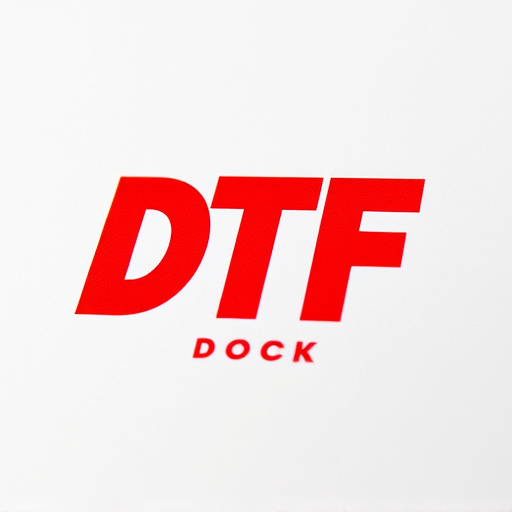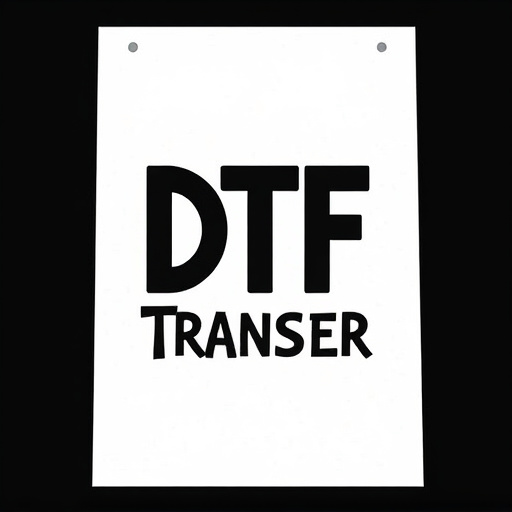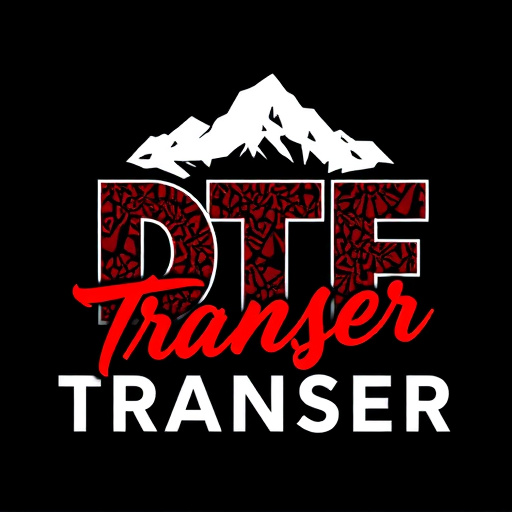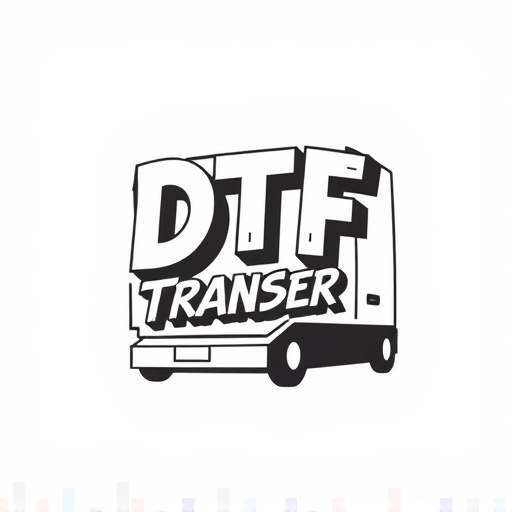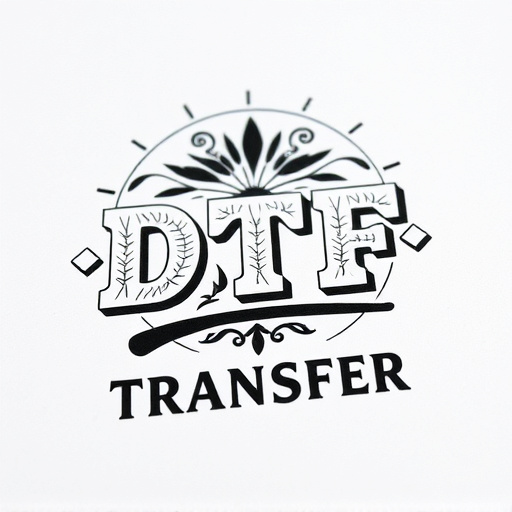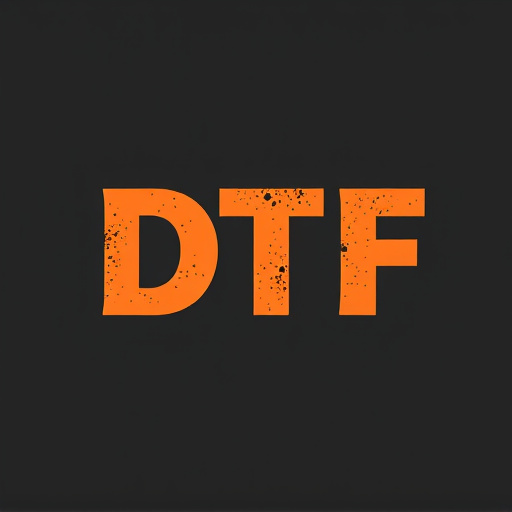Direct-to-film (DTF) technology is revolutionizing the film industry and various sectors by enabling ultra-fast printing and order fulfillment, typically completed in just 24 hours. This method directly applies digital images to physical media like film or vinyl, significantly reducing turnaround times from days/weeks to a day. DTF offers numerous benefits, including swift project completion, enhanced flexibility, cost efficiency, and high-quality results. It is particularly advantageous for time-sensitive industries such as advertising, film production, and event management, where quick response times are crucial. With continuous technological advancements, DTF printing is set to grow, appealing to businesses seeking immediate, high-quality print solutions for outdoor signage, promotional items, and more.
In today’s fast-paced world, efficiency is key for businesses seeking a competitive edge. Direct-to-film (DTF) technology offers an innovative solution with its remarkable ability to fulfill transfer orders within 24 hours. This revolutionary process streamlines production, ensuring swift turnaround times without compromising quality. From understanding the fundamentals of DTF technology to exploring its diverse applications and future prospects, this article delves into the transformative power of rapid DTF printing, highlighting its benefits and potential.
- Understanding Direct-to-Film (DTF) Technology
- Benefits of Rapid 24-Hour Turnaround Time
- Streamlining the Order Fulfillment Process
- Ensuring Quality and Precision in DTF Printing
- Real-World Applications and Case Studies
- Future Trends: Expanding DTF Capabilities
Understanding Direct-to-Film (DTF) Technology

Direct-to-film (DTF) technology has revolutionized the way we approach printing and order fulfillment, especially in the film industry. This innovative process allows for the direct application of a digital image onto a physical medium, such as film or vinyl, with minimal intermediary steps. By skipping traditional methods that involve separate plates or negatives, DTF enables faster turnaround times and higher efficiency.
The technology utilizes advanced printers that can precisely deposit ink or other materials directly onto the surface of the chosen medium. This direct contact ensures an incredibly high-resolution print quality, making it ideal for demanding applications like motion picture production, where accuracy and speed are paramount. With DTF, orders can be placed and fulfilled within 24 hours, marking a significant departure from traditional printing methods that often take days or even weeks to complete.
Benefits of Rapid 24-Hour Turnaround Time
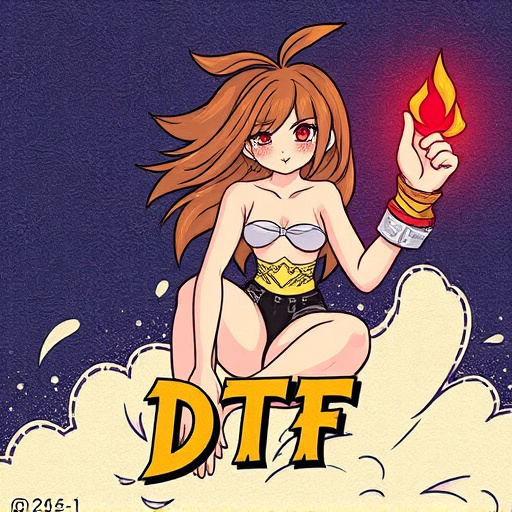
In today’s fast-paced business environment, speed is of paramount importance, especially when it comes to direct-to-film (DTF) transfer orders. The ability to fulfill requests within 24 hours offers a multitude of advantages for both businesses and their customers. Rapid turnaround times ensure that projects move swiftly from concept to completion, enabling companies to meet tight deadlines and deliver exceptional service. This is particularly valuable in industries where time-sensitive content creation is essential, such as advertising, film production, and event management.
A 24-hour turnaround also allows for greater flexibility and adaptability. It empowers businesses to quickly respond to changing client needs, market trends, or unforeseen circumstances without compromising quality. Moreover, it fosters a sense of trust and reliability among clients, who can count on consistent, timely delivery of their media assets. This efficiency gains competitive edge in the market and strengthens customer relationships, ultimately contributing to long-term success and growth in the DTF industry.
Streamlining the Order Fulfillment Process
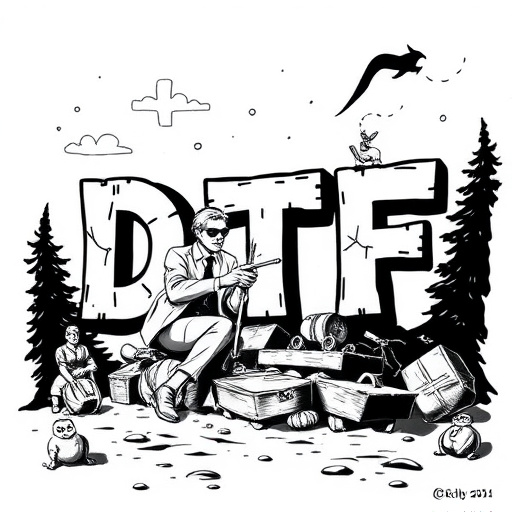
Direct-to-film (DTF) transfer orders offer a revolutionary way to streamline the entire order fulfillment process, making it an efficient and popular choice for many businesses. By eliminating the need for traditional printing methods, DTF allows for a faster turnaround time, ensuring that customers receive their products swiftly. This modern approach simplifies the workflow by combining design, printing, and finishing into one seamless procedure.
With DTF, the order fulfillment process becomes highly optimized. The digital nature of the orders enables quick decision-making and instant communication between designers and printers, reducing potential delays. Moreover, this technology allows for on-demand production, where orders are fulfilled as they come in, leading to minimal waste and cost savings. As a result, businesses can offer faster delivery times without compromising quality, creating a competitive edge in the market.
Ensuring Quality and Precision in DTF Printing
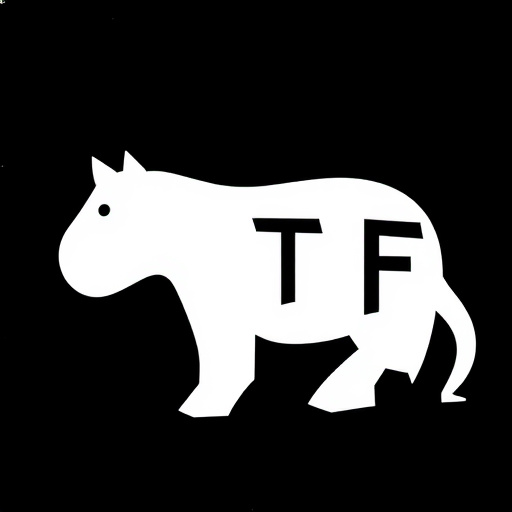
Direct-to-film (DTF) printing, while known for its speed, demands meticulous attention to detail to ensure top-quality results. Achieving precision in DTF orders requires a multi-step process that begins with high-resolution file preparation. Professionals must check for any pixelation or distortion, ensuring the design is crisp and clear when transferred to the film. This initial step sets the foundation for the entire printing procedure.
Moreover, the use of advanced printing technology and precise registration techniques is paramount. Modern DTF printers utilize specialized ink and high-speed mechanisms to deliver accurate color replication and consistent positioning. Regular calibration and maintenance of these machines guarantee that each print maintains the same exceptional standard, making it possible to fulfill 24-hour turnaround times without compromising quality.
Real-World Applications and Case Studies
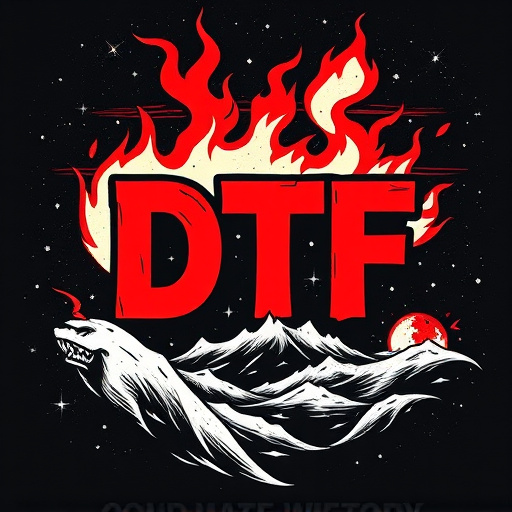
Direct-to-film (DTF) transfer technology has found its way into various real-world applications, revolutionizing the way businesses operate and consumers experience products. From fast-paced retail to dynamic advertising, DTF offers unparalleled speed and efficiency. For instance, consider a leading fashion retailer who leverages DTF to create personalized, in-store displays within hours, allowing them to swiftly adapt to changing trends and customer preferences. This capability not only enhances the shopping experience but also enables the retailer to stay ahead of the competition.
Case studies further illustrate the impact of DTF. A prominent signage company, specializing in outdoor advertising, has embraced this technology to offer clients same-day production and installation services for time-sensitive campaigns. This level of agility ensures that businesses can launch their marketing efforts promptly, capturing fleeting opportunities and creating dynamic urban landscapes. These applications demonstrate how EazyDTF Transfer orders, fulfilled within 24 hours, are not just a niche concept but a game-changer in today’s fast-paced business environment.
Future Trends: Expanding DTF Capabilities

The future of direct-to-film (DTF) printing holds immense potential, with trends indicating a continuous expansion of its capabilities. One notable trend is the increasing demand for faster turnaround times, which aligns perfectly with DTF’s inherent advantages. As technology advances, printers are becoming more efficient, allowing for even quicker production of high-quality prints. This rapid response time is particularly appealing to businesses and individuals seeking immediate results, such as those in the advertising, marketing, and event planning sectors.
Additionally, advancements in materials and ink technologies will further enhance DTF’s versatility. Newer inks offer improved durability, water resistance, and vibrant color reproduction, expanding the application range of DTF prints. The ability to produce durable outdoor signage, promotional items, and customized merchandise with speed and consistency positions DTF as a preferred choice for many businesses looking to make a lasting impact in their marketing efforts.

